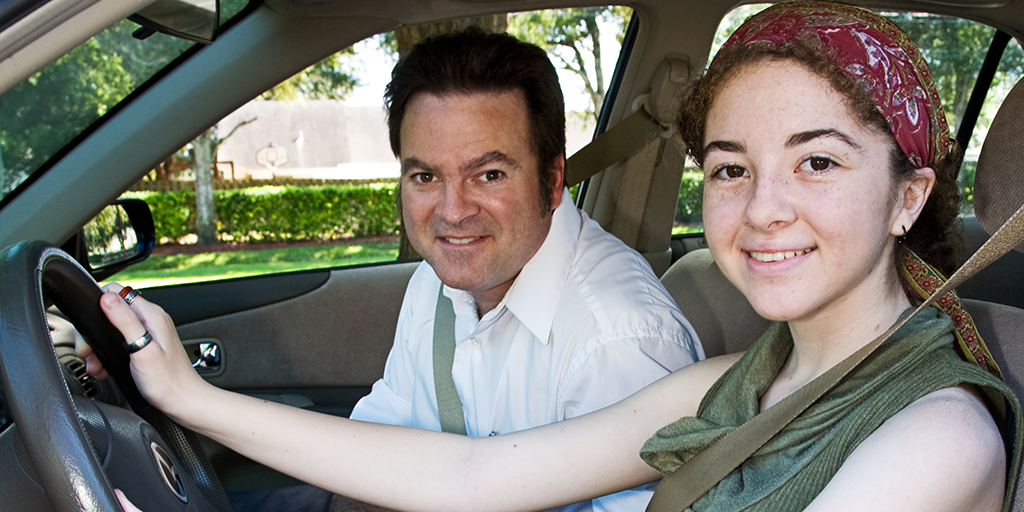Eyes on the Road
Driver education provides the foundation for safe driving practices
I have a great job with AAMVA. It’s exciting, too, thanks to energized employees, enthusiastic members, a strong Board of Directors and an inspiring mission/vision. One aspect of my job that may not be considered exciting is the most high-risk part of my day: my 40-mile commute (one way) to the office. Today, for example, a truck sat on my bumper at 65 mph, and a morning narcissist blew past me at the speed of light (an exaggeration, but at that time of day, 80 mph breaks the sound barrier). Other days I’m likely to feel the blow back from a motorcyclist ready to pop a wheelie and at least one red-light runner.
At this point, I’m halfway through my drive…
Thus far, patience and muscle memory built up from years of driving help me survive these encounters. It makes me wonder, how does that same ability—to respond safely, instinctively—work for new drivers? Does it fade as we age? Does an inexperienced driver over-correct when something happens around her at high speed? Will cognitive decline in an aging driver make it harder for him to process a red-light runner? These two groups are on my mind a lot these days. Is it because at 60, I’m in that aging group and “them is me”? As for young people, my children may be adults, but I never stop worrying about them on the road. My godchildren who are 17 (yes, a brand-new driver), 13, 11, 8 and 7 years old remind me that the young will inherit the earth. Cognitive decline for one and inexperience for the other require us to keep them in focus. And AAMVA members are doing just that.
At AAMVA’s 2018 Workshop & Law Institute, attendees discussed the complexities of aging and driving and shared their jurisdictions’ strategies. The AAA Research Foundation’s longitudinal studies on aging drivers also offer important insights for driver and traffic safety agencies to consider to protect these vulnerable road users and those around them (aaafoundation.org/category/vulnerable-road-users).
Making sure young drivers start out with a foundation of safety-based muscle memory is core to graduated licensing programs. The results are encouraging, with declines in fatal crashes of up to 30 percent for 15–17 year olds. Nowadays, however, new drivers are skipping this practice period by waiting longer to get their license or not getting a license at all. For those on the road today, technology-inspired driver distraction and cognitive tune-out, along with the promise of autonomous vehicles, warrant an examination of our test methods and strategies. AAMVA’s Test Maintenance Subcommittee, the International Driver Examiner Certification Committee and the Autonomous Vehicles Working Group have their eyes on these important issues and will be collaborating on what’s ahead for all drivers.
So on my drive to work, I think about AAMVA and its members, and the many initiatives this community is working on with the goal of saving lives. I have much to be grateful for.
Sixty minutes into my drive, I pass the Tidal Basin near the National Mall. The monument to Martin Luther King Jr. stands to my left, and Abraham Lincoln’s memorial to my right. In a few minutes I reach the office, safely.
Time to write my column for MOVE magazine.
Anne Ferro
AAMVA President and CEO




